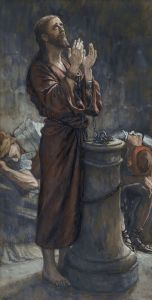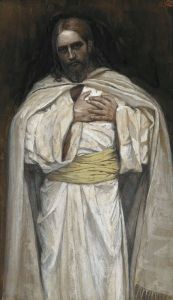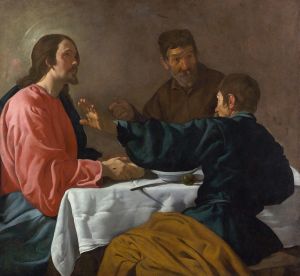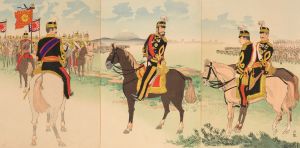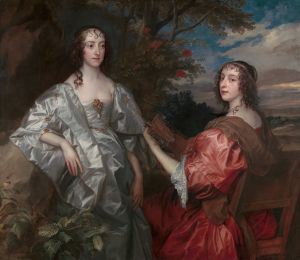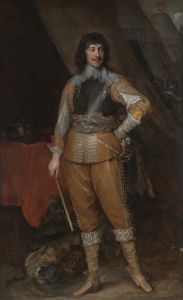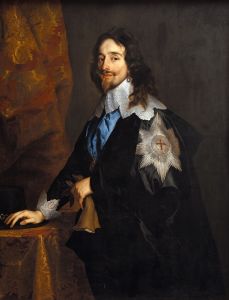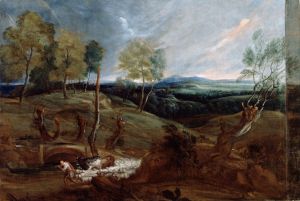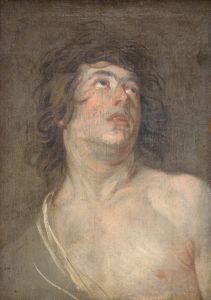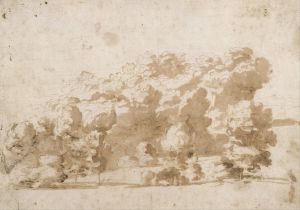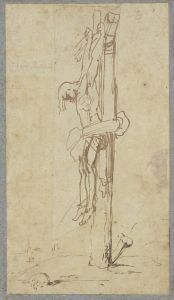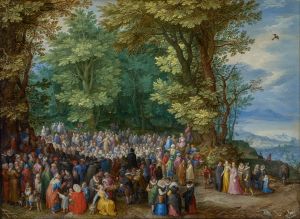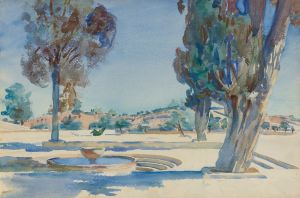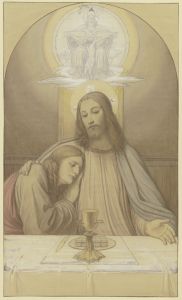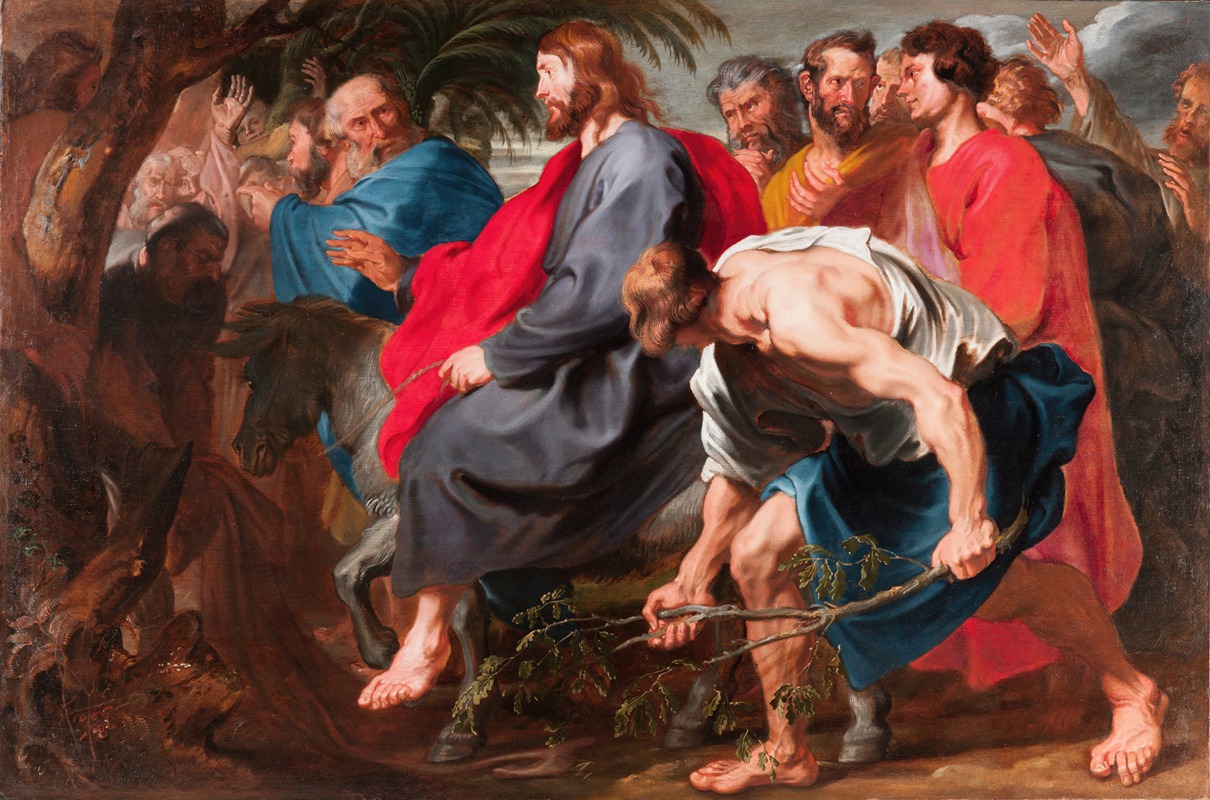
The Entry of Christ into Jerusalem
A hand-painted replica of Anthony van Dyck’s masterpiece The Entry of Christ into Jerusalem, meticulously crafted by professional artists to capture the true essence of the original. Each piece is created with museum-quality canvas and rare mineral pigments, carefully painted by experienced artists with delicate brushstrokes and rich, layered colors to perfectly recreate the texture of the original artwork. Unlike machine-printed reproductions, this hand-painted version brings the painting to life, infused with the artist’s emotions and skill in every stroke. Whether for personal collection or home decoration, it instantly elevates the artistic atmosphere of any space.
Anthony van Dyck's "The Entry of Christ into Jerusalem" is a notable work by the Flemish Baroque artist, who is renowned for his portraits and religious compositions. Van Dyck, born in 1599 in Antwerp, was a prominent figure in the 17th-century art scene, and his works are characterized by their dramatic use of color, composition, and emotional depth. This painting is one of his religious masterpieces, illustrating a significant event from the New Testament.
"The Entry of Christ into Jerusalem" depicts the biblical scene of Jesus Christ's triumphant entry into Jerusalem, an event celebrated on Palm Sunday. This moment is a pivotal episode in the Christian narrative, marking the beginning of the Passion Week. In the painting, Christ is shown riding a donkey, a symbol of peace, as he enters the city. The crowd around him is depicted with a variety of expressions and gestures, capturing the excitement and reverence of the moment.
Van Dyck's composition is notable for its dynamic arrangement and the way it guides the viewer's eye through the scene. The figures are arranged in a manner that creates a sense of movement and anticipation. The use of light and shadow enhances the drama of the scene, a technique that Van Dyck mastered under the influence of his mentor, Peter Paul Rubens. The painting's color palette is rich and vibrant, with a focus on warm tones that bring the scene to life.
The figures in the painting are rendered with Van Dyck's characteristic attention to detail and realism. Christ is depicted with a serene and compassionate expression, embodying his role as a spiritual leader. The people surrounding him are diverse, representing different ages and social statuses, which adds to the universality of the scene. This inclusivity reflects the widespread impact of Christ's message and the diverse following he attracted.
Van Dyck's ability to convey emotion and narrative through his art is evident in this work. The painting not only captures a historical and religious moment but also invites viewers to reflect on its spiritual significance. The artist's skillful use of composition, color, and expression makes "The Entry of Christ into Jerusalem" a powerful and moving piece.
While specific details about the commission or the current location of this painting might not be extensively documented, Van Dyck's work remains influential. His religious paintings, including this one, contributed to the Baroque movement's emphasis on emotion and grandeur. Van Dyck's legacy as a master painter is cemented by his ability to blend technical skill with profound storytelling, as seen in "The Entry of Christ into Jerusalem."





